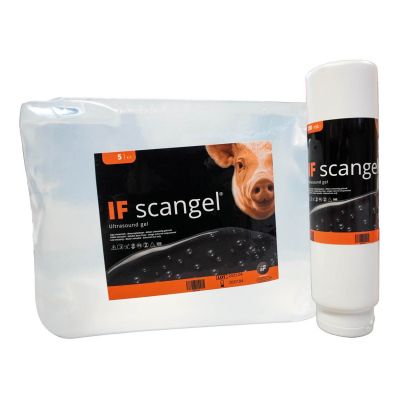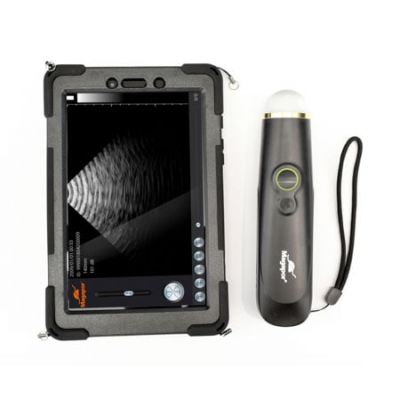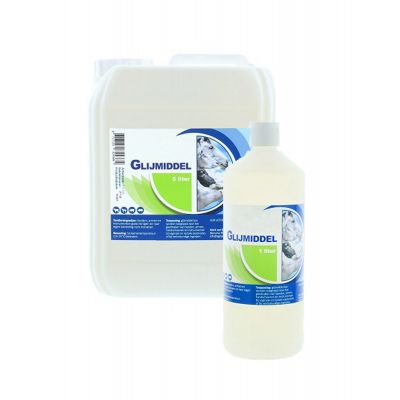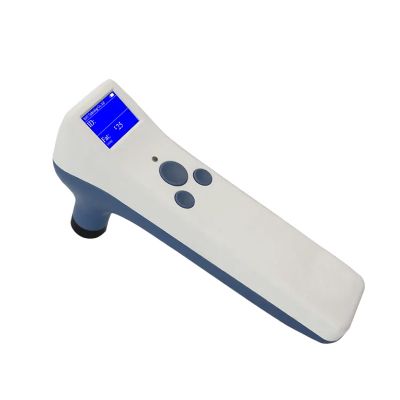Pregnancy control

The importance of ultrasound or scanning
Ultrasound or scanning of sows is the way to check what you think is really going on with the sows, namely if the sows are pregnant. A good oestrus, a good insemination with a dose of quality semen is an absolute must in order not to be disappointed a few weeks after insemination. In other words, ultrasound is the result of the management of the sows around weaning, oestrus and insemination. Even if you have a very good pregnancy rate, it pays to scan sows. Loss days cost money, so we want to minimise the number of days lost through quality gestation diagnostics. The cost of a farrowing day (also known as a dry day) varies from 4 - 10 €/sow/day. In other words, the earlier non-pregnant sows are identified, the earlier management decisions can be taken.
More accurate determination possible
Determining whether a sow is pregnant has undergone quite an evolution in the course of time. The oldest method was effectively the oestrus control with the boar. Afterwards, various (doppler) devices were developed to determine pregnancy. Over the years, these devices have become more accurate. The devices used ultrasonic waves to detect the "liquid" in the uterus. The great danger was that if this device was not held in the right direction, the urine in the bladder would give a false positive diagnosis. Also, one could only test the sow from 28 days of pregnancy, so after the first possible oestrus.
Real-time ultrasound
The Medata was a device that detected blood flow to the uterine artery, umbilical arteries and foetal heart during pregnancy. The waves were picked up and converted into a "whoosh, whoosh" sound. The accuracy of the device was high, but noisy stables, moving animals and rather late diagnosis led to further development, resulting in the "real-time ultrasound scanners". Ultrasonic scanners work by generating low intensity, high frequency sound waves. The probe then emits these sound waves as they are reflected by tissue. Hard objects such as bone absorb few sound waves and echo back the most, appearing as white objects. Soft tissue, e.g. fluid-filled objects (such as the bladder) echo back some sound waves and are displayed as black objects. The image is known as "real time" ultrasound (RTU) because both the transmission and detection of sound waves are constant, resulting in images that are updated instantly or in real time. We use the most modern method of scanning sows, namely the wireless Magascan equipped with a sector probe. This probe generates a very sharp image and enables early pregnancy diagnosis.
 FR
FR  NL
NL 




